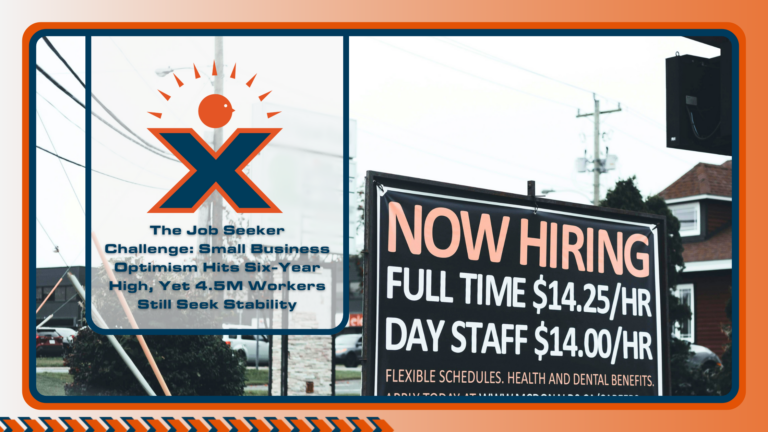Burnout is climbing, budgets are shrinking, and skilled professionals are walking out the door. It’s not just a trend—it’s becoming a pattern. Employee retention is facing strain across every industry. Many want to stay, but the systems meant to support them are stretched thin or vanishing altogether. Whether it’s government agencies losing key personnel or organizations sidelining internal development, the signals are clear: talent is being lost faster than it’s being replaced.
When Support Disappears, So Does Employee Trust
The University of Phoenix Career Institute released its latest Career Optimism Index with one glaring message: people don’t feel like they’re in control of their careers. One in four workers said their professional future feels out of their hands. Meanwhile, 51% reported burnout—a new high.
Even when workers are willing to learn and grow, the support isn’t there. Almost half said they don’t have access to training. While 86% want to develop new skills, employers often skip development and go straight to outside hires. For anyone trying to keep their team intact, that gap in support becomes a slow drain on morale and loyalty. Internal mobility and meaningful upskilling efforts are directly tied to employee retention, and the numbers reflect that those efforts are falling short.
Budget Cuts Don’t Just Trim Fat—They Cut Muscle
The FDA’s suspension of a key food safety testing program wasn’t caused by performance issues. It was caused by a loss of people. Deep staffing cuts from a $40 billion budget reduction across HHS resulted in the exit of around 20,000 employees. These weren’t excess roles—they were public health researchers, lab analysts, and experts who maintained safety checks on everything from spinach to pharmaceuticals.
The ripple effect is felt well beyond the agency itself. When essential roles are eliminated, the rest of the workforce is stretched. Quality declines, burnout accelerates, and confidence falls—internally and externally. It’s not just about whether roles are filled, but whether those roles are sustainable. When top talent sees the writing on the wall, they often leave before the next round of cuts. Retaining employees under these conditions becomes less about perks and more about stability.
Early Career Talent Needs a Real Path Forward
One federal hiring program offers a look at what’s possible when structure and access are prioritized. The Pathways Program was designed to bring early-career talent into government roles, and it has seen meaningful improvements over the past few years. By reducing red tape and expanding access to diverse applicants, the program helped fill skill gaps with motivated young professionals.
But even that progress is at risk. With broader cuts in government staffing, the program’s stability is now uncertain. What it shows, however, is that employee retention starts well before someone considers leaving—it starts with how they’re brought in. Strong onboarding, early support, and long-term growth plans are what give people a reason to stay.
Across the Board, the Signs Are Aligned
Each of these situations tells the same story from a different angle. Workers are disengaging when they don’t feel valued or supported. Development is often deprioritized even though it directly impacts whether people stay. And hiring efforts that work—like the Pathways Program—are still vulnerable without long-term investment. The burden of retaining skilled, engaged talent is falling through the cracks, and it’s showing up in every sector.
How You Hold On to the Employee Talent You Have
Employee retention isn’t just about offering more money or better perks. It’s about removing the reasons people want to leave in the first place. When growth stalls, workloads explode, and security feels uncertain, even your most dedicated team members will begin to check out. The key is making sure the support systems stay in place—especially during uncertain times. Because once talent walks out the door, getting it back isn’t guaranteed.
Ready to maximize your hiring staff’s potential? Contact NEXTAFF today! Come explore how our customized staffing solutions can drive your business forward. Learn More About Client Solutions Today!












